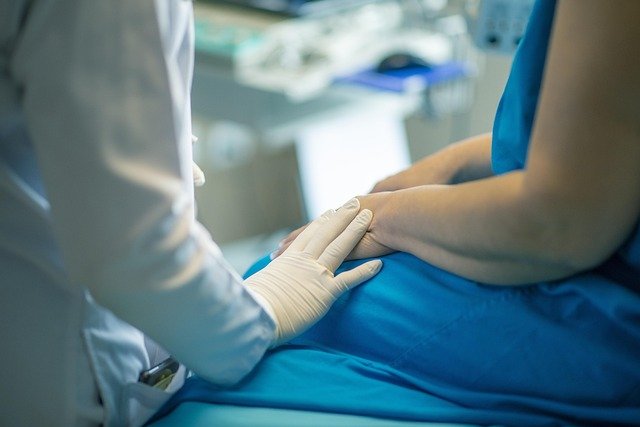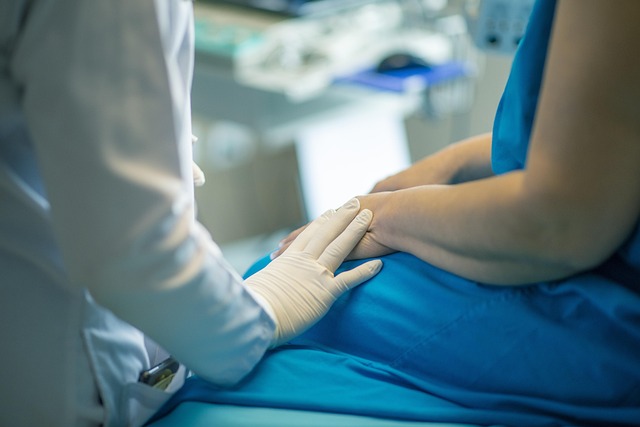Modern Dental Implants: Designed for Comfort and Simplicity
If you’ve been thinking about dental implants but hesitated due to traditional methods, new screw-free solutions are opening the door to a different experience. These modern implants are designed for comfort, precision, and a natural look, making dental restoration more approachable than ever.

The Evolution Of Dental Implant Technology
The journey of dental implant technology spans centuries, but the most significant advancements have occurred in the past few decades. Early implant designs from the 1960s and 1970s focused primarily on functionality, often with little consideration for patient comfort or aesthetic outcomes. These first-generation implants typically featured blade-like structures that were wedged into the jawbone, requiring extensive recovery periods and offering variable success rates.
Modern implants, by contrast, have evolved to incorporate biocompatible titanium or zirconia materials that integrate seamlessly with natural bone tissue through a process called osseointegration. Computer-aided design and manufacturing (CAD/CAM) technology now allows for implants tailored to individual patient anatomy, while surface modifications at the microscopic level promote faster and more complete bone attachment. These technological improvements have drastically reduced healing times and increased long-term implant success rates to well over 95% in most cases.
Another significant advancement has been the development of immediate-load implants, which allow patients to receive temporary prosthetics on the same day as implant placement, eliminating lengthy waiting periods without teeth. This patient-centered innovation represents how the field continues to evolve toward solutions that prioritize comfort and convenience alongside clinical outcomes.
Benefits Of Screw-Free Implant Design
Traditional dental implant systems rely heavily on screws to secure prosthetic components to the implant base. While effective, these designs can present several challenges, including potential screw loosening, increased risk of bacterial infiltration at connection points, and complications during maintenance procedures. Modern screw-free implant designs address these limitations through innovative connection mechanisms that offer multiple benefits for both patients and practitioners.
Screw-free designs utilize friction-fit connections, morse taper interfaces, or locking mechanisms that eliminate the need for small retention screws. These connections create seamless transitions between implant and prosthetic components, reducing bacterial colonization sites and minimizing the risk of peri-implantitis—an inflammatory condition affecting tissues surrounding dental implants. For patients, this translates to improved long-term gum health and reduced maintenance requirements.
The streamlined profile of screw-free implants also allows for more natural-looking prosthetics, especially in areas with limited space. Without access channels for screws, dentists can design restorations that better mimic natural tooth structure and emergence profiles. This aesthetic advantage makes modern implants particularly valuable for front teeth where appearance matters most.
Comfort And Precision In Modern Dentistry
Patient comfort during dental implant procedures has become a central focus of modern implantology. Contemporary practices incorporate numerous advances that minimize discomfort throughout the entire treatment process. Digital impression systems have largely replaced uncomfortable traditional impression materials, allowing dentists to create precise digital models of patients’ mouths without the gagging and discomfort associated with conventional methods.
Guided implant surgery represents another comfort-enhancing innovation. Using specialized software, practitioners plan implant placement virtually before the actual procedure. This planning phase generates surgical guides that direct implant placement with submillimeter accuracy. This precision not only improves outcomes but significantly reduces surgical time—patients spend less time in the dental chair and experience less post-operative discomfort as a result.
Pain management protocols have similarly evolved, with techniques like computer-controlled anesthesia delivery systems that precisely regulate medication flow rates for more comfortable injections. Many practices now incorporate advanced sedation options, ranging from nitrous oxide to oral sedatives or IV sedation, making implant procedures accessible even to patients with dental anxiety.
Accessibility Of Advanced Dental Restoration
While dental implants were once considered a luxury treatment option available only to select patients, ongoing innovations have gradually improved their accessibility. Mini dental implants, featuring smaller diameters than traditional implants, have expanded treatment options for patients previously considered poor candidates due to inadequate bone volume. These smaller implants often require less invasive surgery and can sometimes eliminate the need for bone grafting procedures.
Digital workflows have streamlined the implant process, reducing the number of required appointments and shortening the overall treatment timeline. Same-day implant protocols allow certain patients to receive extraction, implant placement, and temporary restoration in a single visit—a significant convenience factor that makes treatment more compatible with busy lifestyles.
Financial accessibility has improved through more widespread insurance coverage for implant procedures and the development of more affordable implant systems that maintain quality while reducing costs. Many dental practices now offer payment plans or financing options specifically designed for implant patients, making this treatment option available to broader patient populations.
Long-Term Outcomes Of Innovative Implant Solutions
Modern dental implant innovations have significantly improved long-term treatment outcomes. Contemporary implant surfaces with microscopic roughness patterns and hydrophilic properties demonstrate superior osseointegration compared to earlier designs, resulting in more predictable bone attachment and fewer early failures. These improvements have extended the expected lifespan of properly maintained dental implants, with many lasting several decades or even a lifetime.
Prosthetic components have similarly evolved, with high-performance ceramics like zirconia offering exceptional durability and resistance to wear. These materials maintain their aesthetic qualities over time, resisting staining and maintaining structural integrity under normal chewing forces. Advanced connection mechanisms between implants and prosthetics have reduced mechanical complications like component fractures or connection failures.
Maintenance protocols have become more sophisticated and preventive in nature, focusing on early detection of potential issues before they compromise implant health. Regular monitoring using digital radiography and specialized probes allows practitioners to identify and address concerns before they threaten implant stability. These proactive approaches have contributed to success rates exceeding 95% at the ten-year mark for modern implant systems—a remarkable achievement that continues to improve as technology advances.
This article is for informational purposes only and should not be considered medical advice. Please consult a qualified healthcare professional for personalized guidance and treatment.




